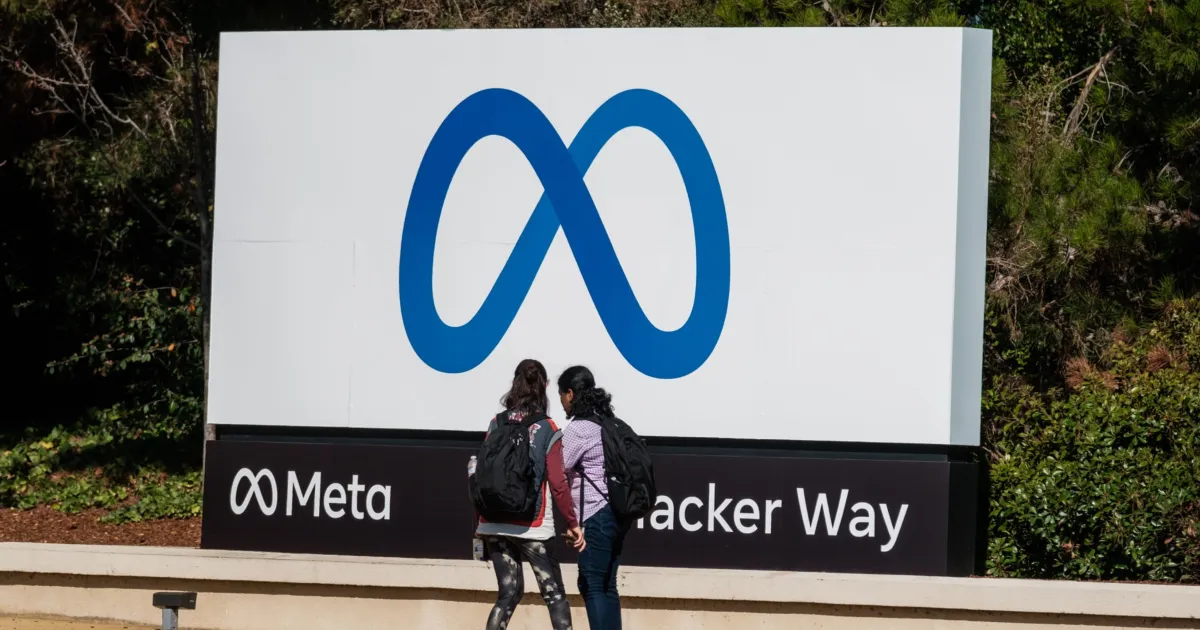How Are Instagram and Snapchat Responsible for Children's Suicide?

The US lawmakers and the public have grown increasingly concerned over the negative impact of social media on children and teens. For many parents, Instagram and Snapchat are to blame for the suicide of their children. The lawsuits against Meta and Snap in the UK and US courts are depicting the controversy and accusations about the platforms prioritizing profit before people’s lives.
The American Selena Rodriguez was 11-year-old when she committed suicide last year. Her mother Tammy filed a lawsuit in California on January 21, 2021, against Instagram's parent company Meta and Snapchat.
Bloomberg quoted the Social Media Victims Law Center (SMVLC), which filed the suit on behalf of Selena's mother—the young girl suffered from an "extreme addiction to Instagram and Snapchat.”
The lawsuit pointed out that Meta and Snap social media products “were harmful to a significant percentage of their minor users,” adding that the companies intentionally established an attractive nuisance to young children, without assuming their responsibility of providing adequate safety measures against the harmful effects their platforms are generating.
While a Meta representative denied those claims, by stressing that, accusing the company of putting profit over safety is not true and that they are “continuing to build new features to help people who might be dealing with negative social comparisons or body image issues.”
Selena’s Suicide
on 21 July 2021, Selena committed suicide to end a long period of suffering due to sleep deprivation and depression. The social isolation imposed by Covid-19 lockdown conditions exacerbated her misery and pushed her to spend more time on social media. Leading her to become addicted to Instagram and Snapchat.
The BBC reported that: “The lawsuit alleges that Selena was repeatedly subjected to sexually exploitative content, which she ultimately shared. The images were then leaked and shared by her classmates, leading to a deterioration of her mental state and eventually to her suicide.”
The lawsuit claims that Selena’s death was the direct consequence of the potentially dangerous aspect of the platforms. The mother announced that her lawsuit aims essentially to protect other children from the same dramatic fate and to raise awareness about the dangerous impact of social media on children.
Tammy Rodriguez described how helpless she was and unable to limit her daughter’s access to the platforms. When the mother tried a strict ban for her daughter from the platforms, the girl ran away from home. The therapist said: “She had never seen a patient as addicted to social media as Selena.”
UK Suicidal Crises
The turmoil against social media isn’t limited to the US In 2017, a father of a 14-year-old in the U.K. accused Instagram of being partially responsible for the suicide of his daughter.
In April 2021, the UK police uncovered Social media groups with active teenage girls users planning to commit suicide and serious self-harm actions.
The BBC reported at the time that: “Twelve girls, aged between 12 and 16 years old and from across southern England, were part of an Instagram chat group whose name refers to suicide.”
The so-called “suicidal crisis” erupted in UK when three of the girls went missing to be found later in bad conditions.
From its part, Instagram Company commented on the incident by saying that the group didn’t mention suicide or self-harm-related content.
BBC emphasized, "peer-to-peer influence increased suicidal ideation amongst the children involved to the extent that several escalated to suicidal crises and serious self-harm."
Researchers from the US Centers for Disease Control and Prevention explained that: “Emergency room visits for suspected suicide attempts among girls between the ages of 12 and 17 increased by 26% during summer 2020 and by 50% during winter 2021, compared with the same periods in 2019.”
A report published on June 11, 2021, in the CDC's Morbidity and Mortality Weekly Report stated that the outcome of a study about suicide highlights more severe distress among young females than has been identified in previous reports during the pandemic.
Thus, the need for increased attention has become increasingly necessary to prevent this population from potential harm.
Profits Before People
In November 2021, former Facebook product manager Frances Haugen turned whistle-blower testified in Congress and made it clear that Facebook is aware of the harm it causes to children. She elucidated that: “The Company won't make the necessary changes because they have put their astronomical profits before people."
In response to Haugen’s accusations, a group of US state attorneys general launched an investigation of Instagram over its efforts to draw children and young adults. The investigation aimed to measure the dangers the social network poses to children’s mental health and well-being.
In an interview with Al-Estiklal, the expert on sociology and researcher at Kent University Hamza Genouni elucidated that: “Instead of being tools for communication and entertainment, the social networks have become a primary addiction means and a burden for their users. Despite the benefits and positive services they provide, they are of great danger for children and teens.”
He stressed that: “There are many studies showing the direct causal relationship between the electronic bullying through social networks and children’s suicide. Parents should be cautious, and the law must be enforced to protect our teens and children.”
Changing Law
Suicide causes significant years of potential life lost for children and teens. In 2018, suicide was the second-leading cause of death among 10- to 24 year-olds.
The 2019 Youth Behavioral Risk Factor Surveillance System research found that the ideas about suicide for Young people are on the rise. The study emphasized that: “18.8% of high school students seriously considered attempting suicide and 8.9% actually attempted suicide. The cost of suicide attempts in the United States in 2019 was estimated to be $70 billion.”
Mr. Genouni told Al-Estiklal that: “The pivotal point that can decrease children and teens suicide cases due to social networks harming services, is the change in the US federal law of 1996. The law shields responsibility from internet platforms for what users post online. With a much strict approach and more accountability, the giant companies would adopt safer regulations while dealing with children and teens.”
Sources
- Mother sues Meta and Snap over tween daughter’s suicide
- Mother sues Meta and Snap over daughter's suicide
- Meta, Snap Sued Over Social Media ‘Addicted’ Girl’s Suicide
- Child suicide rates during the COVID-19 pandemic in England
- Police uncover teenage girl ‘suicide’ Instagram group
- Big Rise in Suicide Attempts by U.S. Teen Girls During Pandemic
















